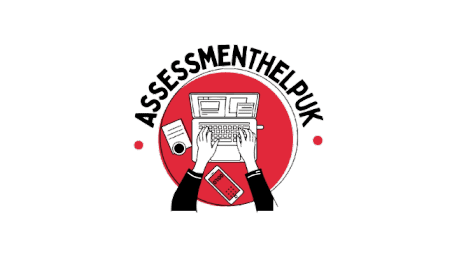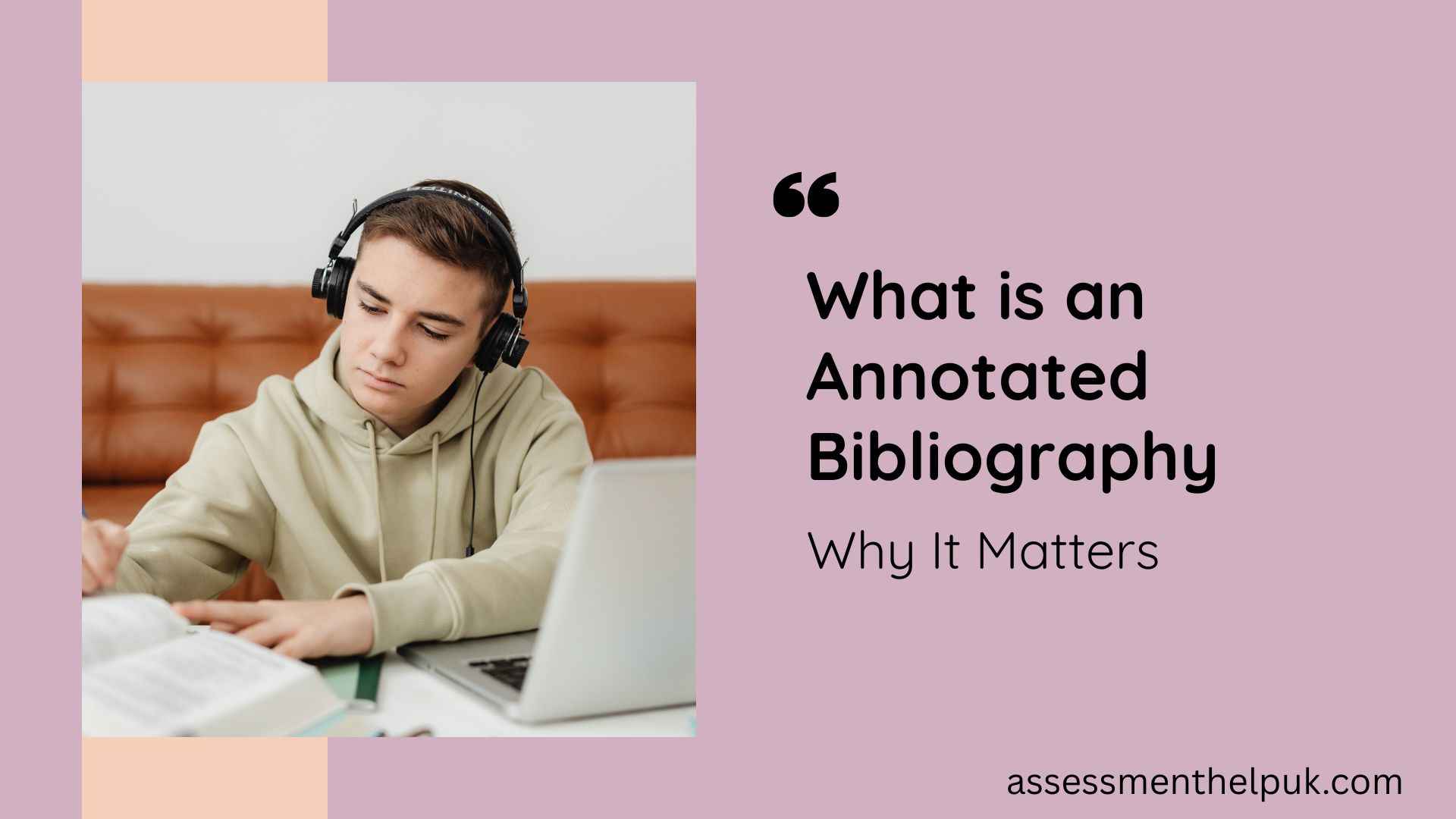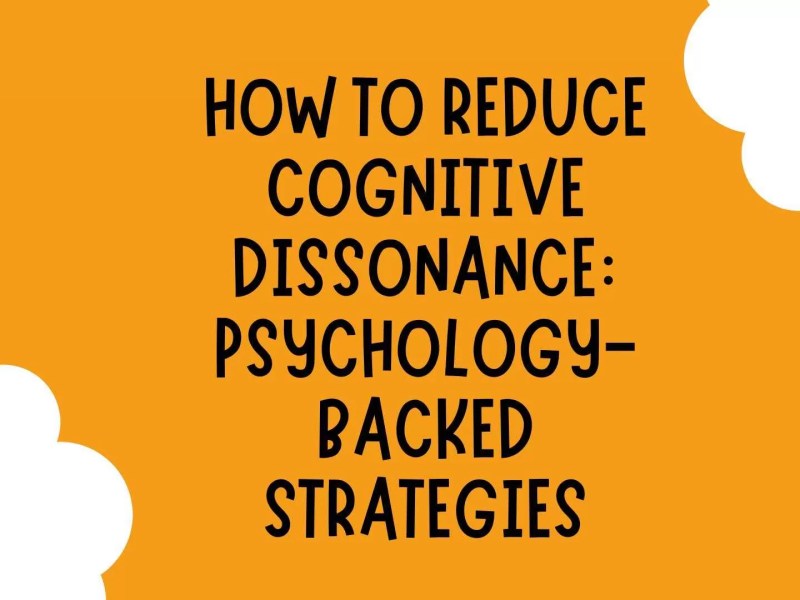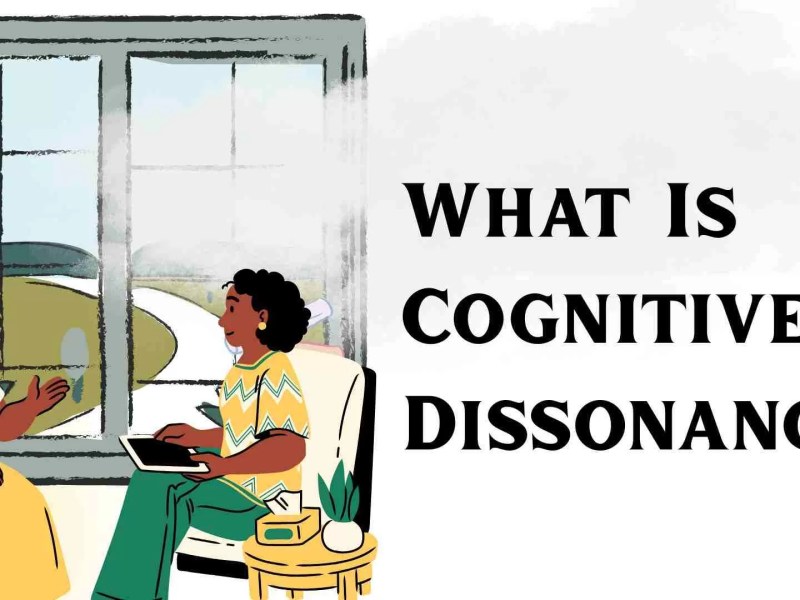The Academic Shortcut You Didn’t Know You Needed
Think about this: it’s 11 p.m., you’re sitting in front of a pile of books, three journaling tabs open, looking at you and a blinking cursor in your doc file. You have been asked for an “annotated bibliography”, but beyond a vague memory from a study-skill lecture, you aren’t sure what that actually means. You can cite sources, but annotate them? How? If this situation sounds familiar, you’re not the one.
For many students and even early career researchers, this term might be one that is first met with confusion and a light sense of panic. Once clarified, a bibliographic annotation might become the most useful and valuable tool you might have in your scholarly toolbox, as it turns a messy reading list into an organised and insight-rich resource; it gives you a sense of direction before even beginning to write.
What Exactly Is an Annotated Bibliography?
An annotated bibliography is a structured list of sources where every citation is followed by a specific note, the annotation, that summarises, and even in some cases, evaluates the source. In UK academic practice, it usually sits at the preparation stage of a larger piece of work, such as a dissertation, policy paper or even literature review. Rather than being a static list, it’s a complete living document that shows what you have gone through and how each of the items fits in your research picture perfectly.
Core Elements
Depending on your assignment of discipline, the annotation may also involve a critical evaluation of the source’s reliability, methodology, or limitations. These comments transform the bibliography from a bare list into a brief, compact, and analytical map of your reading.
Each entry normally contains two parts:
- The citation, formatted according to your required referencing style (Harvard, Oxford, MHRA, etc.).
- The annotation is a brief paragraph outlining the source’s main arguments, scope and relevance.
Where and When It’s Used
Annotated bibliographies are commonly seen in undergraduate modules that teach research skills, but they’re equally prevalent in postgraduate work, grant applications and policy briefings. Professors often use it to show how widely and critically you have read before you start with the formal writing. Researchers use it as a source of information, especially in fields where literature is preferred more. Even professionals outside the academic realm, such as policy analysts, journalists, and NGO staff, compile annotated bibliographies to keep the record for evidence, briefings, and speeches.
Breaking Down the Anatomy of an Annotated Bibliography
More Than Just a List of Books
Once you have gathered that an annotated bibliography is not just a reference list, the next step is to understand its moving parts. Knowing exactly what to include and how will help you to create entries that are much clearer, consistent, and genuinely useful for your project. Here, we will take you inside a typical entry so that you can see how it all fits in perfectly together.
Two Essential Components
1. The Citation
This is the usual bibliographic entry. For referencing in the UK, you will most commonly use Harvard, Oxford, or the MHRA referencing styles, but your department may stipulate a different referencing style.
Regardless of the style, the citation should provide your reader with enough information that they can easily locate the information; the author, title, year of publication, and/or page number are vital pieces of information.
What matters most is that they are accurate and consistent because a poorly cited reference detracts from your work’s credibility (before someone even reads your annotation)
Citations and their useful purpose: They provide a uniformity in structure, which makes scanning your bibliography even more seamless. When all your entries follow the same style, you can instantly pick out an author or year without rereading every word. This small detail can save you time later, especially when you’re compiling your final reference list.
2. The Annotation
This is the explanatory note that’s under citation. Typically, it consists of one paragraph for about 100-200 words, and it distils the nature of the source. Do remember, a good annotation will always:
- Summarise the key arguments, findings or themes.
- Highlight the scope (what the source covers, and what it does not).
- Identify its relevance to your research question or assignment.
- Optionally, assess the source’s credibility, strengths or limitations.
Rather than copying and pasting, you should go with rephrasing, subtle tweaks in your own words to show genuine understanding. The annotation that transforms your bibliography from a static list into a critical thinking tool not only records what the source says, but also tells why it’s important to you.
Types of Annotations
Most annotated bibliographies fall into one of two main categories:
- Descriptive or Informative: Such entries summarise the entire content of the source without offering any sort of judgement. They are commonly seen in early-stage research, when your assignment simply asks you to “demonstrate reading.” They help you to establish a baseline of what exists in the literature.
- Evaluative or Critical: These take it a step further by commenting on the reliability of the source, the way that they conducted their framework, or the usefulness to your project generally. These are ideal for dissertations, literature reviews, and any advanced module, as they demonstrate critical engagement and independent thought.
Why This Structure Matters
Knowing these components ensures that you meet academic standards and create a resource that’s actually useful. Without clear citations and thoughtful annotations, you’re left with nothing but a stack of resources that you will have to revamp and decode again. With them, you’re building a ready-made roadmap for your writing and demonstrating to your assessors that you have gone through with purpose, not passively.
How to Create an Annotated Bibliography: A Step-by-Step Guide
Start With the Right Sources
Just before you write a single annotation, decide what belongs in your bibliography. Return to your assignment brief or research question and use it for filtering your reading. Search for the academic sources, library catalogues, and reputable reports, selecting sources that are relevant and authentic. Don’t make it feel like you have to include everything you have skimmed; the key here is to maintain quality, which matters more than quantity.
Record Full Citation Details Immediately
From the moment you decide a source will be included, it’s important to capture its complete details in the preferred style, whether it be author, year, title, publisher, page numbers, DOI, or URL if applicable. Doing this prevents the last-minute scramble to reconstruct references from half-remembered notes.
Read, Summarise and Distil
What you can do next is read the source carefully. Highlight what you think is the most important; it could be evidence or methods. Then, in your own words, write a one-paragraph summary of the most relevant points. Avoid copying what it is; instead, rewrite with your understanding that shows what you have understood.
Evaluate Where Appropriate
If your assignment calls for evaluative annotations, go beyond summary. Ask:
- How reliable is this source?
- Does its methodology have strengths or weaknesses?
- How does it compare with other texts you’ve read?
- How does it contribute to your project?
Combine Into a Polished Entry
Place the formatted citation first, then your annotation below. Keep the annotation concise for about (100-200 words) but filled with complete and authentic information. Check grammatical input and clarity. Annotations should always sound like mini paragraphs, not in bullet-point notes.
Organise Consistently
Now this one’s important: arrange your entries by surname unless your lecturer specifies a thematic order. Use relevant spacing, indentation and font. A clean, uniform layout makes your bibliography easier to read for you and for your reader.
Review and Refine
Lastly, go through your annotated bibliography to ensure strong reliability. Are all citations authentic? Are annotations perfectly balanced in length and tone? Such tweaks at this stage can elevate the impression of professionalism and could save you from all the lost marks.
Annotated Bibliography Examples in Practice
Seeing It on the Page
Theoretical practices become clearer when you see a working example. Below are the two samples, one being descriptive while the other being evaluative. Written in a common UK referencing style (Harvard). They demonstrate how citations and annotations work together.
Descriptive Example (Harvard style):
Smith, J. (2022). Climate Policy and Public Opinion. London: Greenleaf Press.
This book interviews public opinion on climate policy all across the UK over the last decade. Smith compiles national survey data and interviews with policymakers to track how public opinion shapes the government’s decisions on emissions targets. The work provides a complete overview of trends but does not evaluate the effectiveness of individual policies.
Why it works:
- Citation is complete and correctly formatted.
- An annotation summarises the scope and content clearly in the writer’s own words.
- Tone is neutral, as befits a descriptive entry.
Evaluative Example (Harvard style):
Ahmed, R. (2023) ‘Digital Literacy and Gender in Higher Education’, British Journal of Educational Technology, 54(1), pp. 45–63.
Ahmed’s article explores gender inequality in digital literacy amongst UK university students. She specifically looks at relationships and educational attainment and uses a mixed-methods approach to highlight certain structural barriers faced by female students who study in science, technology, engineering, and mathematics (STEM) fields. The study uses a relatively small sample size; however, it represents a very important issue for my dissertation on widening participation in higher education.
Why it works:
- Citation includes journal title, volume, issue and page numbers.
The annotation summarises the key focus but also critically comments on the sample size and relevance. - Evaluative tone signals independent judgment.
How to Learn From Examples
Note how each annotation starts with a concise summary and, where it’s appropriate, dilutes in evaluation. They are written in clear, grammatically correct sentences and avoid first-person tonality unless it’s told. Even at 100-150 words, each annotation gives enough detail to let you know what the source says and how it complements your research.
Practice Makes Perfect
As the saying goes, practice makes perfect. Try writing a few entries yourself using recent readings. Compare it with the published sources to make sure you’re not copying but writing it in your own words. With time, you will develop a natural flow for producing annotations that are informative and critical.
Tips, Pitfalls and the Pay-off of an Annotated Bibliography
Practical Tips for Strong Annotations
- Start early: Build your annotated bibliography as you research, don’t do it the night before submission. Adding entries as you go keeps details fresh and reduces stress.
- Be consistent: Select one referencing style, and stick to it. Inconsistency is a common marker of rushed work.
- Write in full sentences: Annotations should always read like polished mini-paragraphs, not some distorted notes.
- Tailor depth to the task: If your professor specifies 100 words per annotation, aim for it! If it’s evaluative, include critical comments.
Common Mistakes to Avoid
- Transcribing the author’s summary: This demonstrates that you have not engaged with the result and potentially demonstrates plagiarism. Rather, always place ideas into your own words.
- Forgetting the importance of relevance: Do not just recount what the source states; connect it back to your research topic or assignment brief.
- Too much detail: The annotation is not a full review. Only include relevant details for the most important elements: main arguments, scope, and critical points.
- Inconsistent formatting: Training will lead you to a sloppy layout and distract from your content. This can also cost you marks.
Why This Matters for Your Academic Work
A well-constructed annotated bibliography doesn’t only satisfy an assignment requirement. It sharpens your research question, organises the way you think and saves you time once you sit down to write. By summarising and evaluating as you go, you’re effectively drafting the literature section of your essay or dissertation on a smaller scale.
The Pay-off: From Reading List to Research Roadmap
Consider your annotated bibliography as more than just an assignment. It is a complex, living, customised map of your own subject area. If you do it well, it will be a quick-reference library that you can return to months later (e.g., when writing a conference paper or applying for a grant). That is, by putting the time and energy into gathering citations, you will later be able to get a quick sense of the research you have read and make associations. Taking this time now will preserve the effort and pay off down the road during your academic and professional career.
FAQs
What is an annotated bibliography in simple terms?
A list of properly cited sources you intend to use, and establish a strong evidence base for your research.
How long should each entry in an annotated bibliography be?
The majority of the universities expect it to be 100-200 words per annotation, but it all comes down to the level of study and assignment brief.
What’s the difference between an annotated bibliography and a reference list?
A reference list that only records publication details, whereas an annotated bibliography adds a brief explanation or evaluation of each cited source.
Do I need to use the Harvard style for my annotated bibliography?
The key here is to maintain consistency rather than focusing on a particular style; use your preferred style (Harvard, Oxford, MHRA, APA).
Should an annotated bibliography be descriptive or critical?
It all comes down to your task; some need a neutral summary, while others expect you to evaluate the authenticity of each source.
Can I include online sources in my annotated bibliography?
As long as they are credible and properly cited with authentic URLs as per your needed style.
Why is an annotated bibliography useful for my dissertation?
It helps you organise your reading, clarify key themes and build a ready-made foundation for your literature review.



